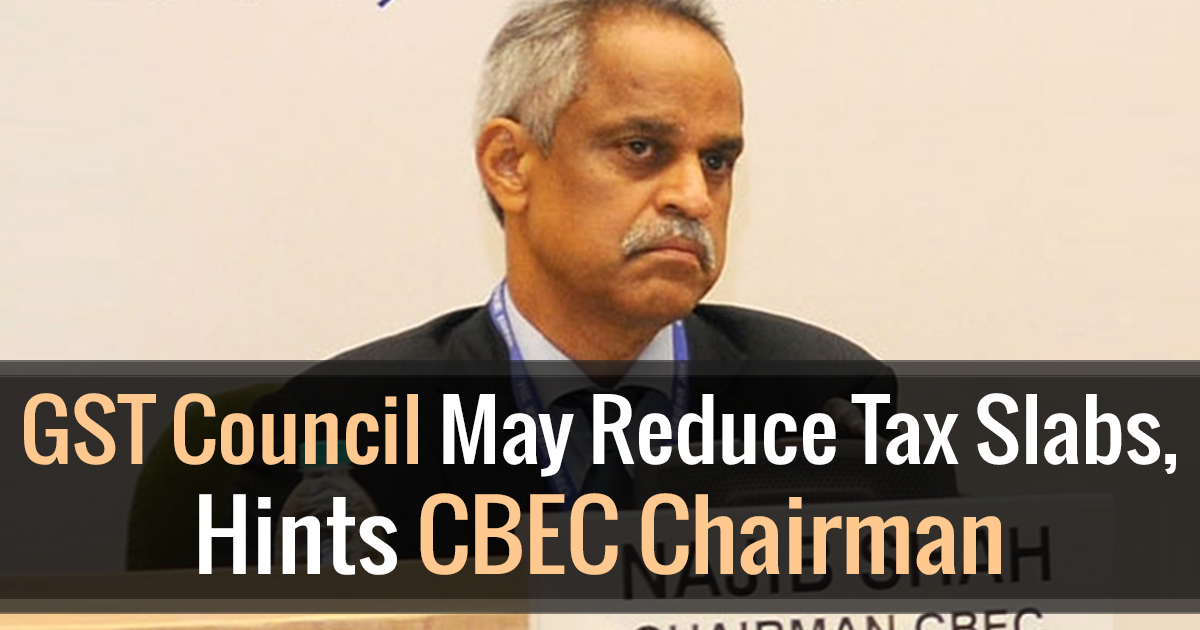A top authority mentioned that the GST Council might choose to diminish the assessment slabs under the Goods and Services Tax administration in the wake of investigating the income accumulated and the remuneration payouts to states. With industry requesting for bringing down of proposed GST rates of 5 , 12 , 18 and 28 percent post the demonetization, CBEC Chairman Najib Shah said the Centre and the states at present gather Rs 8 lakh crore from indirect charges, fewer custom duties, and a similar level of income must be gathered in the GST administration.
Any adjustment in expense section is conceivable in the wake of surveying the incomes and the impact of exceptions and deductions given in the new assessment administration and breaking down it with the consumption.
Mr. Shah said in an ASSOCHAM meeting that, “Once we see how much money is collected from these taxes, we can certainly look at the rates. It is not cast in stone. GST Council has complete flexibility to do so and will do so I am sure, The Central government has committed to compensating the states for five years. Now it is a huge burden which Central Government has cast upon itself. The underlying theme is GST will increase revenues and the need for compensation perhaps will be lesser.”
In this month, the GST Council, which is led by Union Finance Minister and has state agents, conceded to the four-slab structure alongside a cess on luxury and sin goods.
CBEC chairman added that the GST Council needs to think about the scope of items under GST and the political impulse of each state while exhausting them. At present VAT and excise obligation on goods float between 6 percent to 300 percent on sin products.
CBEC chairman asserted that, “Where do we get the money from if we don’t have the flexibility to have rates. That the task of fitting a product to a rate is easier said than done. How do we still give money after giving exemptions…
“The multiplicity of rate is a necessity both economic and political. Now should we reduce that number from 5 to 3 to 2? Once we see how much money is collected from these taxes, we can certainly look at the rates.” He said the officer’s board of trustees has as of now begun to deal with which products is to be set in which charge section and the last call would be taken by the GST Council.
Mr. shah said that, “How can you possibly have one rate for edible oil and car or for atta and computers. We cannot have one rate. We can reach one rate 20 years down the line. EU, several countries have one rate of 18/20 percent, will that be acceptable to us? It would not be acceptable for us. We have to have multiple rates.” Rejecting the proposal of having single rate GST as in EU, he said the extensive variety of items and their fluctuated tax collection rates make it unavoidable to have various level duty structure.
